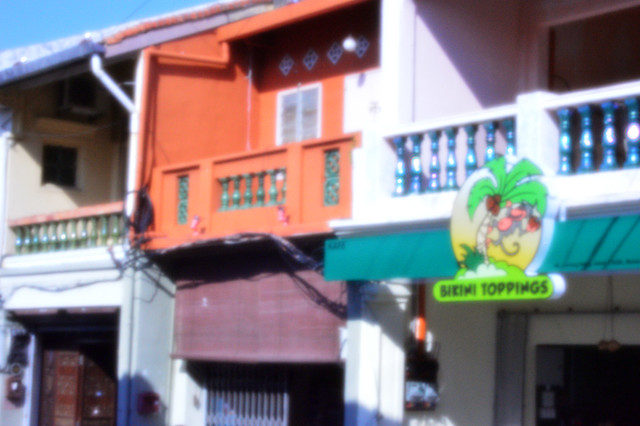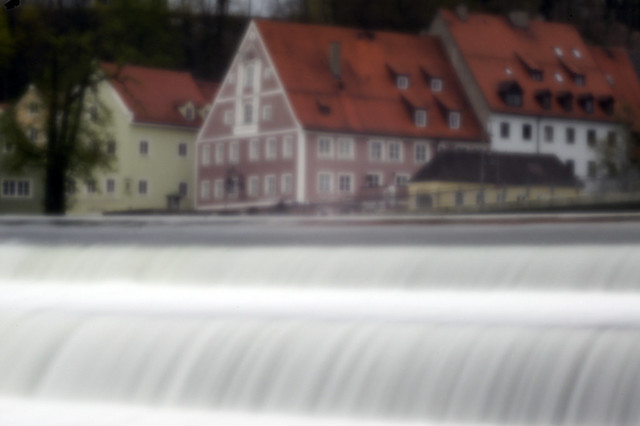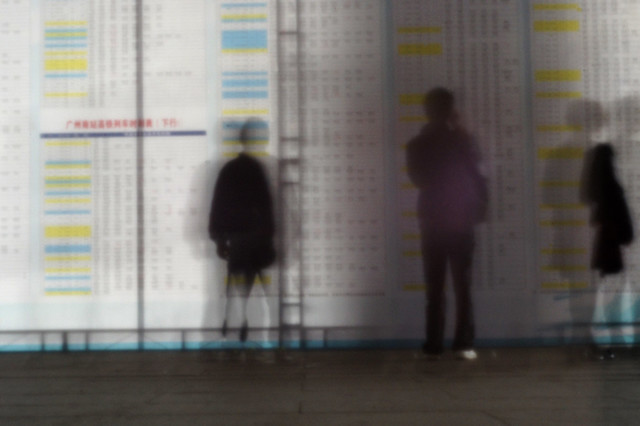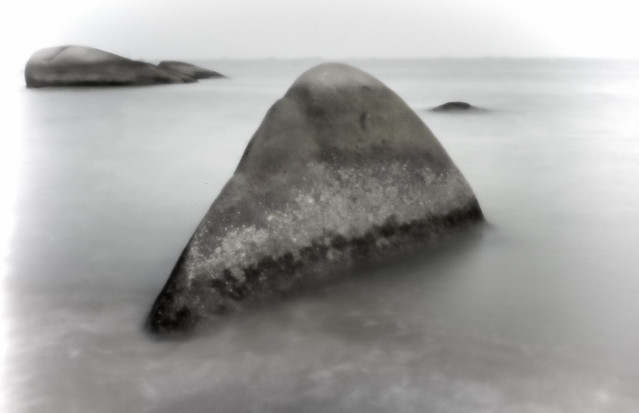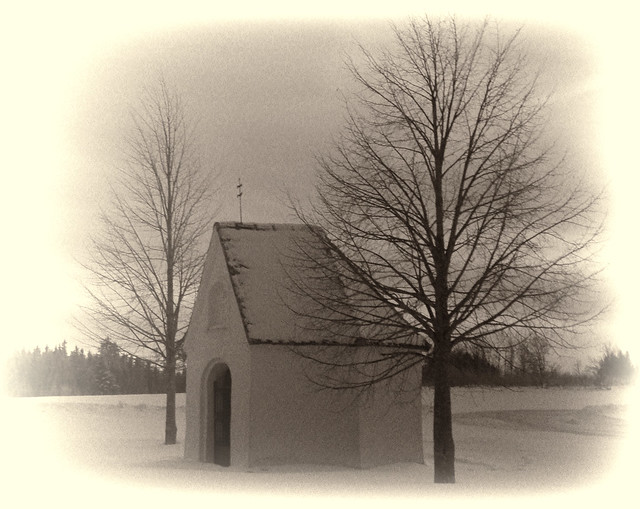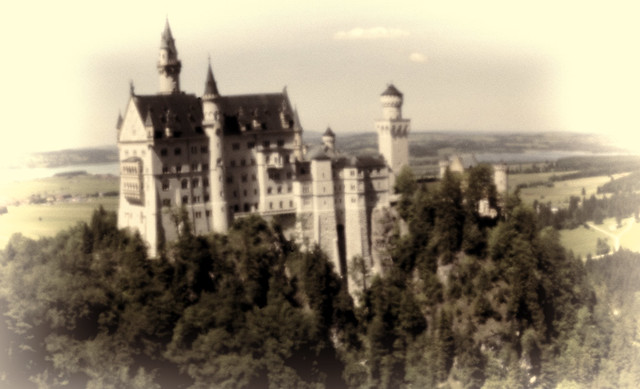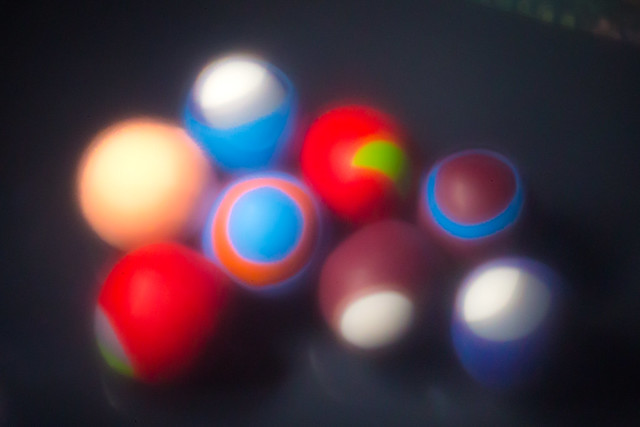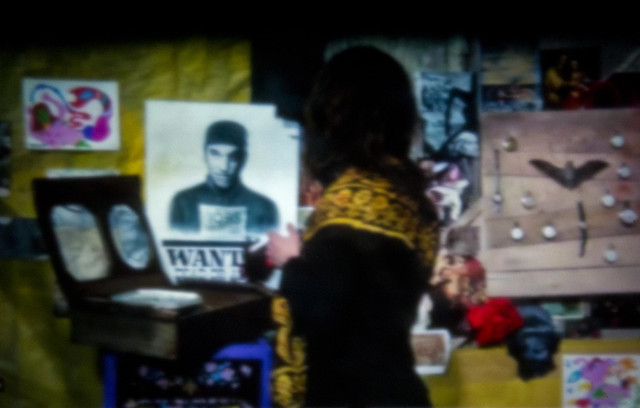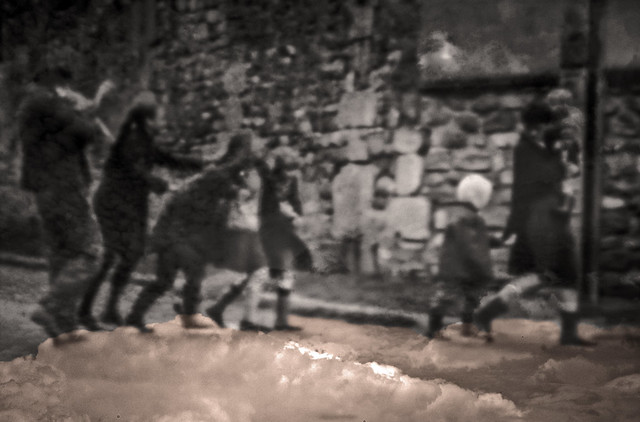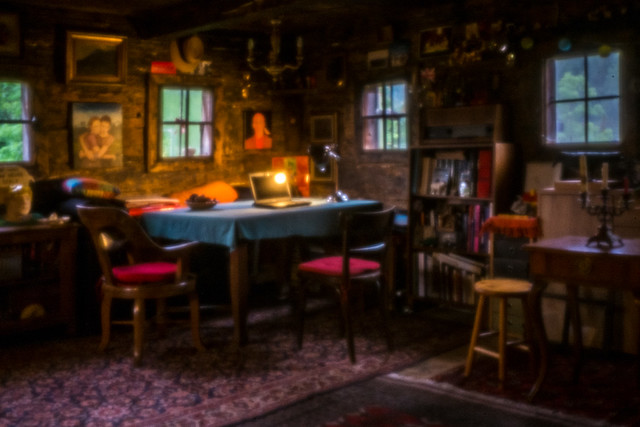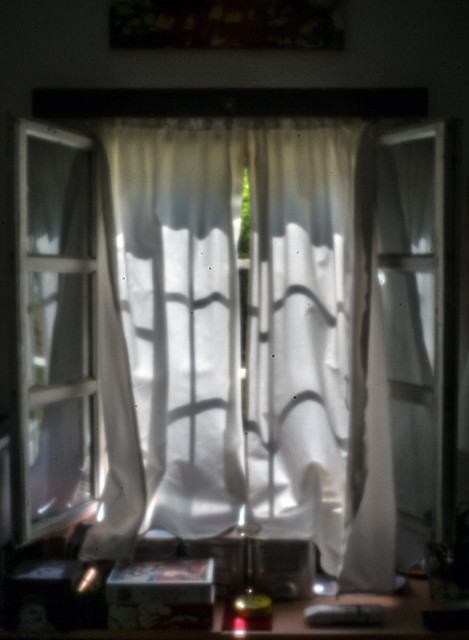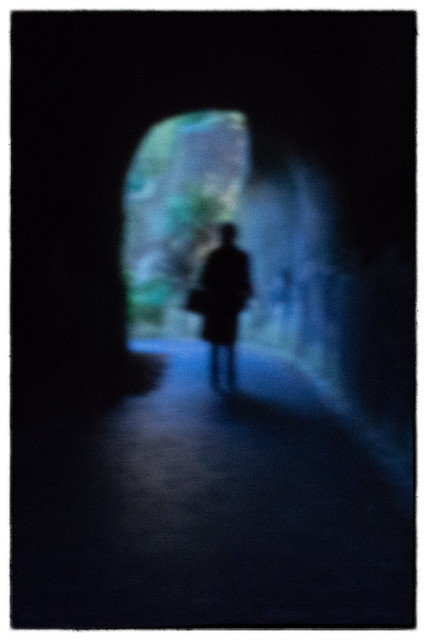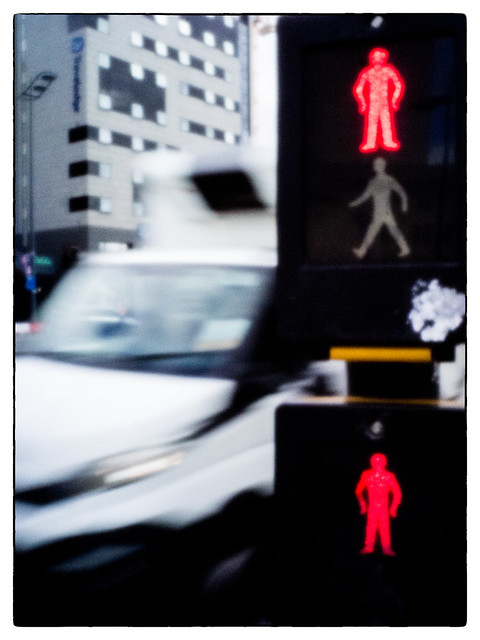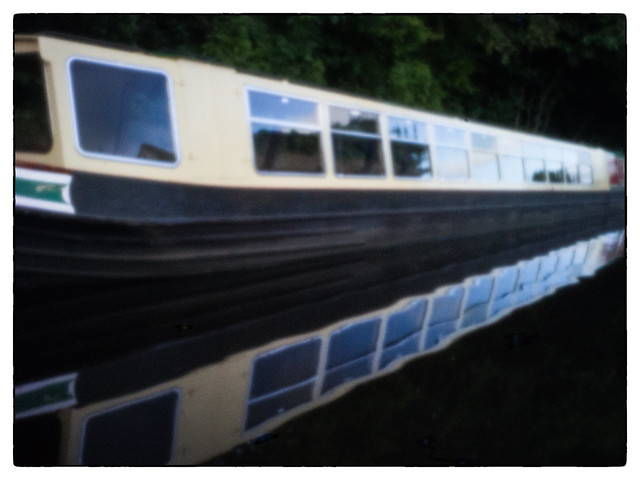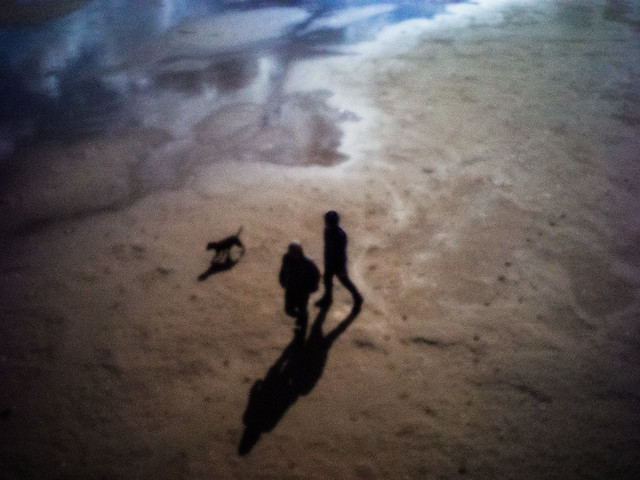Skink Pinhole photos, taken with film and digital

Pinhole mit Lochkamera 6×9/2
Das Original Skink Pinhole Pancake Objektiv wurde für den Grossformat User konzipiert. Ein Fotoausflug zur damaligen Zeit war etwas ganz anderes als heute. Mit nur einigen Aufnahmen in der Kamera war es schon erforderlich alles “richtig” zu machen.
Kamera: Chameleon Panorma
Objektiv: Skink Pinhole Pancake mit Lochblende 0.2
ISO: 200Film: Fuji Superia
Belichtungszeit: ca. 3 Sekunden
Pinhole with wood camera 6×9/2
The original Skink Pinhole Pancake was designed with the large format user in mind. Going out for a photo session was much different from how it is today. You had only a few shots with a role of film, so it was important to get everything right.
Camera: Chameleon Panorama
Lens: Skink Pinhole Pancake with pinhole 0.2
ISO: 200
Film: Fuji Superia
Exposure time: ca. 3 seconds
click on the photo for details
Our bestseller, the Skink Pinhole Pancake for Fujifilm Finepix FX:
Fujifilm FX
Fujifilm Finepix FX, X-H1, T-100, X-T3, X-T2, X-T20, X-T1 IR, X-T10, X-T1 GS, X-M1, X-E3, X-E2S, X-E2, X-E1, X-A10, X-A5, X-A4,X-A3, X-A2, X-A1, X-Pro 2, X-Pro 1, X-Pro 100


sicher bezahlen / secure payment:
Banküberweisung / Bank Transfer (IBAN / BIC / SWIFT)
Deutsche Bank Privat- und Geschaeftskunden AG

Lochblenden – In folgenden Größen Mikrometer (µm) lieferbar:
Pinhole Apertures – available sizes in micron (µm ):
Lochblenden nach Brennweite:
Apertures according to focal lengths:
60mm 65mm 70mm 80mm 90mm 100mm 105mm 110mm 125mm 135mm 140mm 150mm 160mm 180mm 200mm 210mm 240mm 260mm 280mm 300mm 360mm 410mm
| Die gewählte Brennweite (Abstand zwischen Film und Lochblende in mm) ist maßgebend für den resultierenden Bildwinkel. Je kürzer die Brennweite, desto weiter der Blickwinkel. Anhand der Tabelle können Sie vergleichen, welchen Blickwinkel Sie mit gleicher Brennweite auf den verschiedenen Filmformaten erhalten. Die Größe der Lochblende richtet sich immer nach der Brennweite. Das gleiche gilt für die Berechnung der Zonenplatten und Photonensiebe. Lochblenden in einer bestimmten Größe lassen sich, ohne nennenswerte Veränderung der Bildqualität, über einen gewissen Brennweitenbereich einsetzen. Mit den Größen 0.3, 0.4, 0.5 und 0.6mm können fast alle Bereiche zwischen Weitwinkel und Tele erfassen abgedeckt werden. Zonenplatten und Photonensiebe hingegen, sollten exakt auf die jeweilige Brennweite abgestimmt sein. |
| The selected focal length (distance between sensor / film and pinhole aperture in mm) determines the resulting angle of view. The shorter the focal length, the wider the angle of view. With the above table you can compare how wide a view you can obtain with with varying distances and film formats. The size of the pinhole aperture is always linked to the focal length. The same applies to the design of zone plates and zone sieves. Pinhole apertures in a given size can be used over a range of focal lengths without degration of image quality. With sizes 0.3, 0.4, 0.5 and 0.6 all ranges between wide-angle and tele photography can be covered. Zone plates and zone sieves however, should always match their calculated focal length as close as possible. |
Skink Pinhole – flickr
Skink Pinhole – flickr


